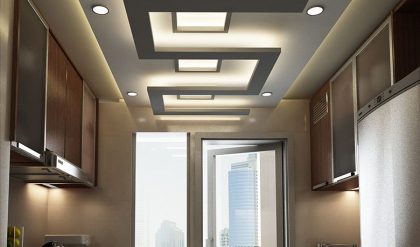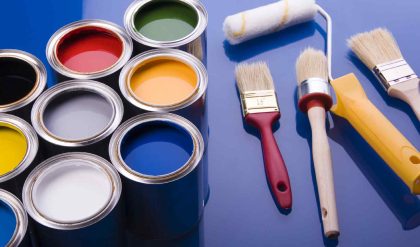Flooring can be done using different materials such as timber, concrete, marble, stones, bricks, cork, etc. All of these materials have different properties. Hence, the flooring material is selected based on various factors which are described in this article.
Factors Affecting Selection of Flooring Material
Following are the factors to be considered while selecting material for flooring :
- Durability
- Appearance
- Initial Cost
- Hardness
- Smoothness
- Damp resistance
- Cleanliness
- Slipperiness
- Fire resistance
- Maintenance
- Thermal Insulation
- Sound Insulation
1. Durability
The flooring material selected should be strong and durable enough to resist various weathering actions, loads, decaying, etc. The life of flooring material should be approximately equal to the life of other components of the structure. Marble, concrete, mosaic floors are best in durability compared to other materials.
2. Appearance
The appearance of the floor should be aesthetic. Flooring products made of different materials are available in markets with different colors, shapes, designs, sizes, etc. Hence, the desired look can be obtained easily. In general marble, tiles, terrazzo, etc. give a good appearance.

Fig 1: Aesthetic Flooring
3. Initial Cost
Different floor materials have a different price range. The quality and durability may increase along with the cost. But the selection of cost of flooring material is done based on several factors such as overall cost estimate of structure, type of building, usage of the floor, etc. Hence, the initial cost should be decided according to these factors.
4. Hardness
The floor material should be hard enough to resist the wear and tear caused by loads such as furniture, machinery, etc. and also it should not allow the formation of dents when loads are moved on it.
5. Smoothness
The top surface of the floor material should be smooth and level. A rough surface is not good to look and also damages the base of the equipment placed on the floor.
6. Damp resistance
The floor material should exhibit good resistance against dampness especially in places like kitchens and bathrooms otherwise they may deteriorate or cause slipperiness to the flooring.

Fig 2: Damp Concrete Floor
7. Cleanliness
The floor selected should be easy to clean. It should not absorb any solutions such as oils, greases, etc. It should not allow the formation of stains on it.

Fig 3: Floor Cleaning
8. Slipperiness
The smoothness of the top surface of flooring should not cause slipperiness especially when it is wet. Slipperiness occurs when floor material is over polished. The floor tiles used in bathrooms should be coated with an anti-slippery solution.
9. Fire resistance
The floor should have good fire resistance, especially upper floors. Concrete, marble, terrazzo are having good fire resistance but materials like timber, cork, rubber are weak against fire hence, fire resistance base layer should be provided when these materials are selected.
10. Maintenance
The maintenance required by flooring materials should be as least as possible. It should not allow the dust to settle on it. In case of repairs, they should be easily treatable at low cost. Materials like stone, marble, concrete require less maintenance compared to other materials such as wood, brick, etc.
 Fig 4: Repairing Wooden Floor
Fig 4: Repairing Wooden Floor
11. Thermal Insulation
The floor material should offer good thermal resistance. PVC, asphalt, cork, rubber, etc. are good thermal insulators.
12. Sound Insulation
The floor material should be good in sound insulating otherwise it will produce noise when users walk on it. Timber, cork, rubber, etc. are good sound insulators.

Fig 5: Sound-proofing Floor Layers





